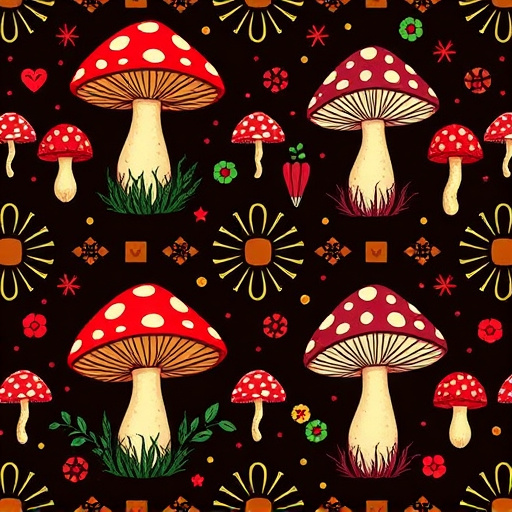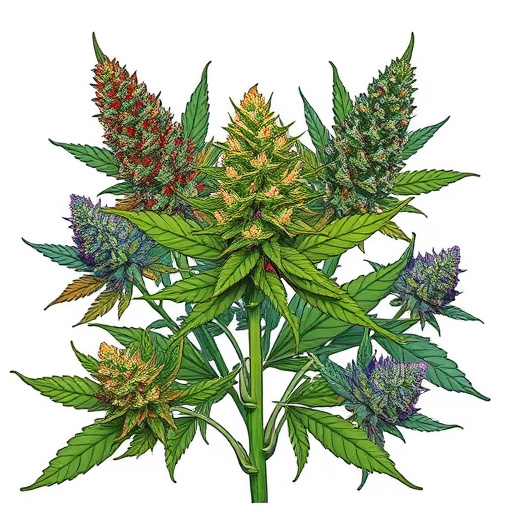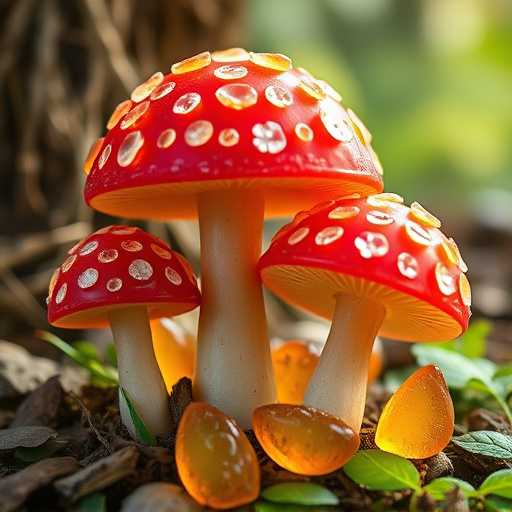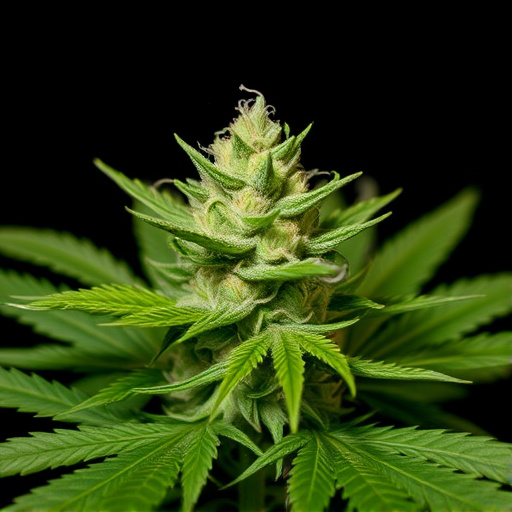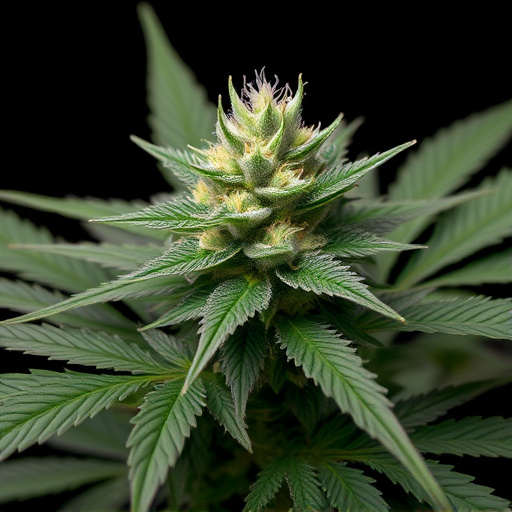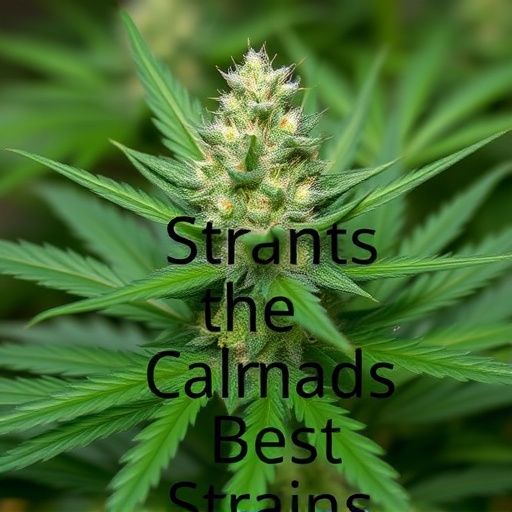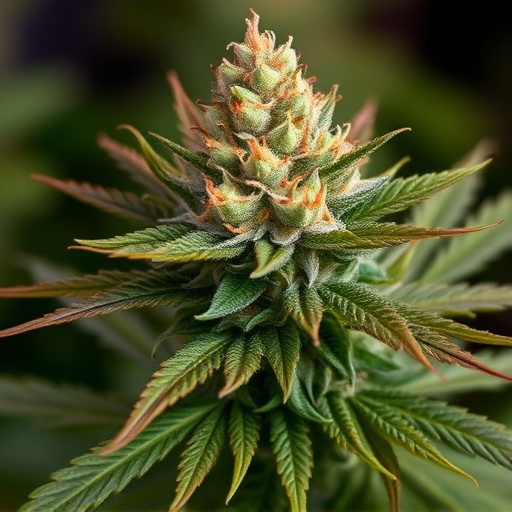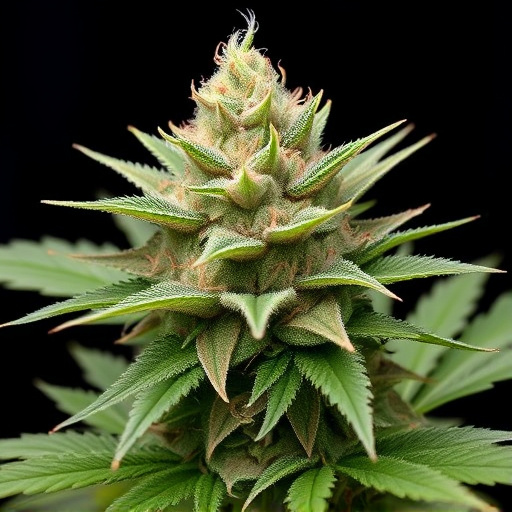Cannabis cultivation techniques, both indoor and outdoor, significantly influence plant growth and final product characteristics. Outdoor methods leverage natural sunlight and weather for diverse terpene profiles and robust blooms, while indoor growing offers controlled conditions to tailor light, temp, humidity, and nutrition, resulting in specific flavors, high THC levels, and uniform appearances. Understanding these environmental factors is key to cultivating optimal best cannabis strains, whether through advanced LED/HPS lighting indoors or strategic positioning outdoors.
Uncover the intriguing differences between indoor and outdoor-grown cannabis flowers in this comprehensive guide. Environmental factors, from climate control to light exposure, play a pivotal role in shaping the unique characteristics of these plants. We explore how these variables influence not only the cultivation process but also the final product, including varying terpene profiles and CBD/THC ratios. Discover the ideal strains for each setting and weigh the quality and yield considerations to determine which method suits your preferences. Find your perfect cannabis match with our insights on the best cannabis strains tailored for indoor and outdoor environments.
- Environmental Factors: The Key Differentiator
- – Discuss the distinct growing environments of indoor and outdoor cannabis.
- – Compare climate control, light sources, and temperature regulation.
Environmental Factors: The Key Differentiator
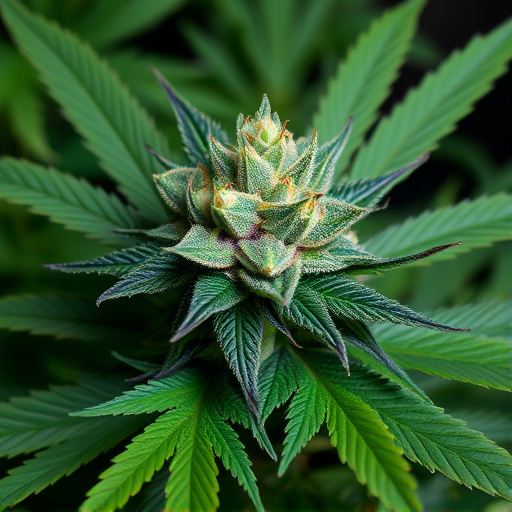
The cultivation environment plays a pivotal role in shaping the characteristics of cannabis flowers, making it a key differentiator between indoor and outdoor-grown plants. When grown outdoors, cannabis benefits from natural sunlight, offering a more diverse range of terpene profiles and often resulting in larger, more potent flowers. The plant’s exposure to varying weather conditions, such as temperature fluctuations, rain, wind, and even frost, can influence its growth pattern and final product. Outdoor growers often select strains that can withstand these elements, leading to the cultivation of robust best cannabis strains.
In contrast, indoor growing environments provide a more controlled atmosphere. Growers can precisely regulate factors like light intensity, duration, temperature, humidity, and nutrition, creating optimal conditions for specific strain characteristics. This control allows for the cultivation of diverse best cannabis strains, catering to various preferences and desired effects. As a result, indoor-grown flowers often exhibit distinct flavour profiles, higher THC levels, and more uniform appearance, making them appealing to connoisseurs seeking specific experiences.
– Discuss the distinct growing environments of indoor and outdoor cannabis.
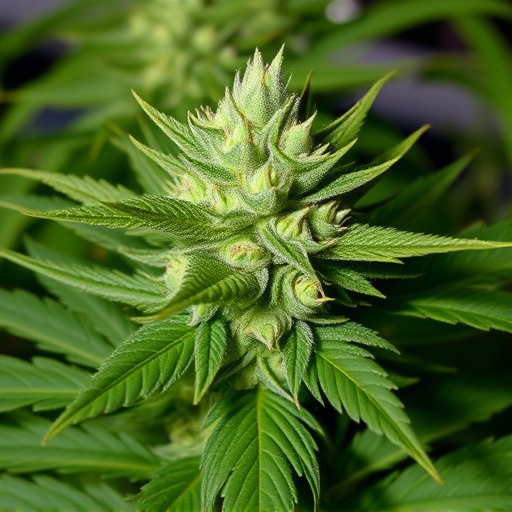
Cannabis cultivation offers a unique experience when comparing indoor and outdoor growing methods, each with its own advantages and contributing factors to the final product. Indoor cannabis farming involves controlled environments where growers can meticulously manage various elements such as temperature, humidity, light cycles, and nutrient delivery. This method allows for year-round production, enabling farmers to cultivate specific best cannabis strains tailored to their facilities’ optimal conditions. With indoor growing, plants are often closer together, fostering a compact and dense growth pattern, resulting in higher yields per square foot.
Conversely, outdoor cannabis cultivation embraces nature’s rhythm, allowing plants to grow naturally under sunlight, with exposure to varying weather conditions. Outdoor farms typically offer more space for plants to stretch and develop extensive canopy structures. This environment exposes the crops to natural elements like wind, rain, and sunlight, which can influence the final terpene profile and overall flavor of the flowers. As a result, outdoor-grown cannabis is often celebrated for its unique aromatic qualities and distinct sensory experiences, making it appealing to many enthusiasts seeking specific best cannabis strains known for their robust flavors and aromas.
– Compare climate control, light sources, and temperature regulation.
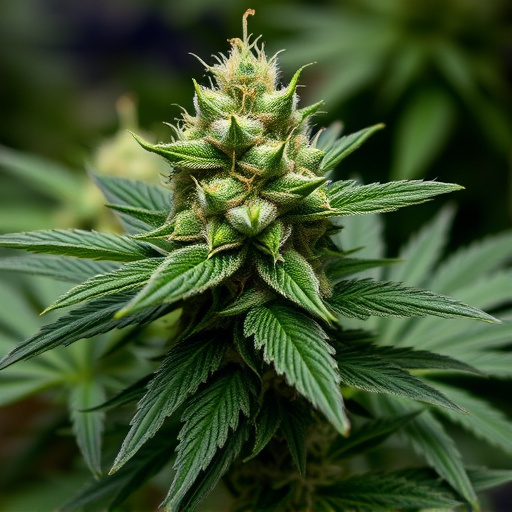
When growing cannabis flowers, whether indoors or outdoors, understanding the differences in climate control, light sources, and temperature regulation is essential for achieving optimal results with your best cannabis strains. Indoor grow operations benefit from precise, controlled environments. Growers can adjust temperature, humidity, and lighting to match specific strain requirements. This allows for year-round cultivation of high-quality flowers. Advanced LED and HPS (high-pressure sodium) lighting systems enable growers to mimic natural light conditions, promoting robust plant growth.
In contrast, outdoor cannabis plants are at the mercy of Mother Nature’s climate control. They thrive in temperate climates with adequate sunlight exposure and moderate temperatures. However, outdoor growers must be prepared to protect their crops from extreme weather events like frost or heavy rain. Natural sunlight is an excellent source of energy for plants, but it can also lead to uneven growth if not supplemented by additional lighting during shorter winter days. Proper temperature regulation outdoors involves strategic positioning of plants in areas with gentle breezes and partial shade to avoid scorching heat or sudden cold snaps.
In conclusion, understanding the difference between indoor and outdoor-grown cannabis flowers is essential for discerning enthusiasts seeking the best cannabis strains. Environmental factors, including climate control, light sources, and temperature regulation, play a pivotal role in shaping the final product. Indoor cultivation offers precise control over these variables, resulting in consistent quality and diverse strain options. Conversely, outdoor growing relies on natural conditions, producing plants with distinct characteristics influenced by the environment. By recognizing these differences, cannabis consumers can make informed choices, ensuring they experience the unique attributes of each growing method and access a wide range of potent and desirable strains.

